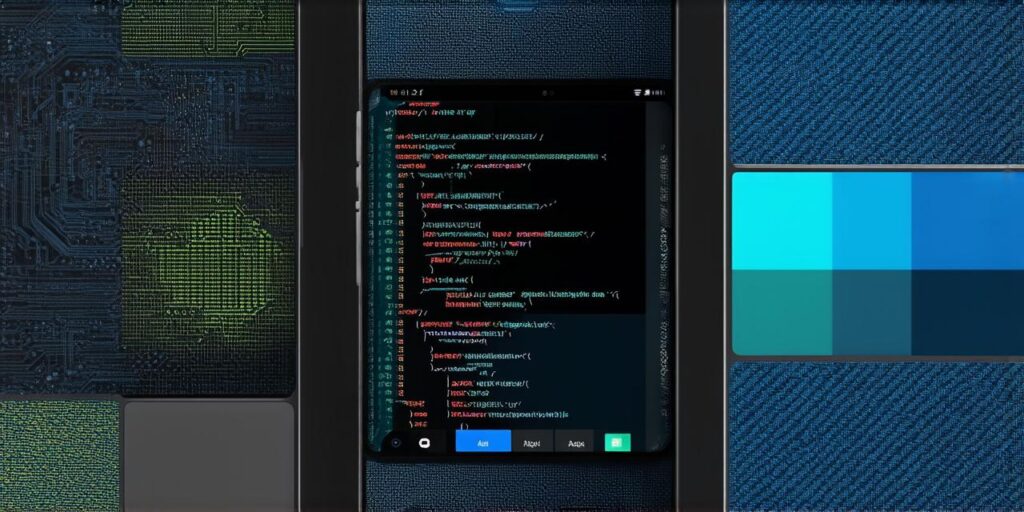As mobile apps continue to become an integral part of our lives, there is a growing demand for skilled mobile app developers. However, assigning tasks to team members can be a challenging process. In this comprehensive guide, we will explore how to effectively assign mobile app development tasks to ensure that the project runs smoothly and meets its objectives.
1. Understand the Requirements
Before assigning tasks, it is essential to have a clear understanding of the project’s requirements. The requirements should be specific, measurable, achievable, relevant, and time-bound (SMART). This will help ensure that everyone on the team understands what is expected of them.
One way to achieve this is by using a project management tool like Asana or Trello. These tools allow you to create a detailed project plan, assign tasks, set deadlines, and track progress in real-time. They also enable team members to collaborate on tasks and share updates with each other.
2. Define Roles and Responsibilities
Once the requirements have been established, it is time to define roles and responsibilities. This will ensure that everyone knows what tasks they are responsible for and can plan accordingly.
For example, if you are developing a mobile app with a team of developers, designers, and testers, each role should have specific responsibilities. The lead developer may be responsible for overseeing the development process, while the designer may be in charge of creating the app’s user interface.
It is also important to define roles and responsibilities at the beginning of the project so that team members can plan their workload accordingly. This will help prevent conflicts and ensure that everyone is working towards the same goal.
3. Assign Tasks Based on Skills and Experience
Once you have defined roles and responsibilities, it’s time to assign tasks based on skills and experience. Each team member has their own strengths and weaknesses, so it’s important to match tasks with the right person.
For example, if one of your team members has experience in mobile app testing, they may be an ideal candidate for that role. Similarly, a designer who specializes in creating user interfaces for mobile apps could take on that task.
Assigning tasks based on skills and experience will also help ensure that the project is completed on time and within budget. When team members are assigned tasks that match their abilities, they can work more efficiently and effectively, resulting in faster development times and higher-quality products.
4. Communicate Effectively
Effective communication is essential when assigning tasks to team members. It’s important to ensure that everyone understands the expectations for their role, the timeline for completing their tasks, and any other relevant information.
One way to achieve this is by using a project management tool like Slack or Microsoft Teams. These tools allow you to create channels for each task or project, where team members can communicate with each other in real-time. They also enable you to share files, videos, and other types of media to help clarify expectations and ensure that everyone is on the same page.
5. Provide Training and Support
Finally, it’s important to provide training and support to team members as needed. This will help ensure that they have the skills and knowledge they need to complete their tasks effectively.
For example, if one of your team members is new to mobile app development, you may want to provide them with training on tools like Xcode or Android Studio. Similarly, if a designer is struggling with creating a user interface for a specific platform, you may want to provide them with resources or tutorials to help them improve their skills.

Providing training and support will also help ensure that team members feel valued and invested in the project. When team members feel supported and empowered, they are more likely to be engaged and motivated to complete their tasks to the best of their abilities.
Case Study: The Successful Assignment of Tasks for a Mobile App Development Project
Let’s take a look at an example case study to illustrate how effective task assignment can lead to a successful mobile app development project.
Suppose you are working on a new mobile app that will be launched on both iOS and Android platforms. You have a team of six developers, three designers, and two testers. Your project manager has defined the following roles and responsibilities:
- Lead Developer
- iOS Developer
- Android Developer
- UI/UX Designer
- Graphic Designer
- Quality Assurance Specialist
With these roles in mind, you proceed to assign tasks based on skills and experience. You choose your lead developer, who has extensive experience with mobile app development, to oversee the project and ensure that everything stays on track.
You then assign the iOS and Android developers to work on developing the app’s codebase for their respective platforms. The UI/UX designer is tasked with creating the app’s user interface, while the graphic designer works on creating the visual assets for the app. Finally, the quality assurance specialist is responsible for testing the app thoroughly to ensure it meets all requirements and runs smoothly on both iOS and Android devices.
langle>p>By assigning tasks based on skills and experience, you have ensured that each team member is working on tasks that match their abilities. This has led to faster development times and a higher-quality product. The effective communication and training provided by the project manager have also helped ensure that everyone understands their responsibilities and can work towards the same goal.</



